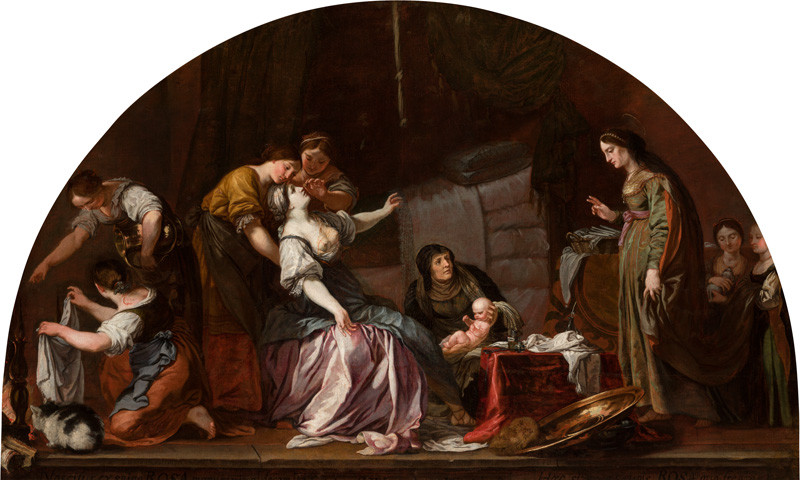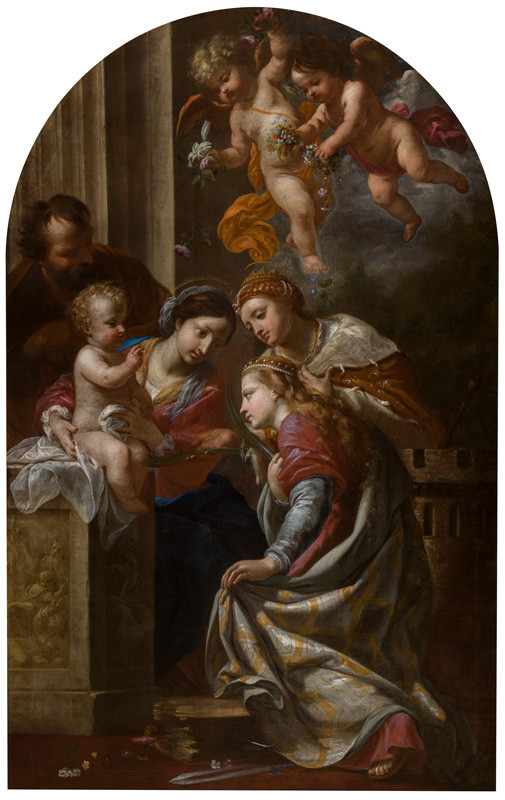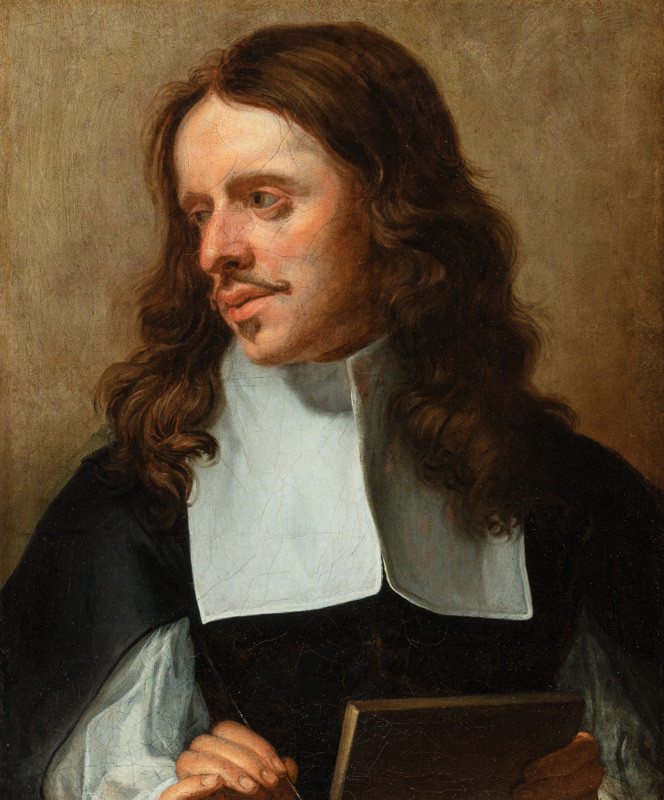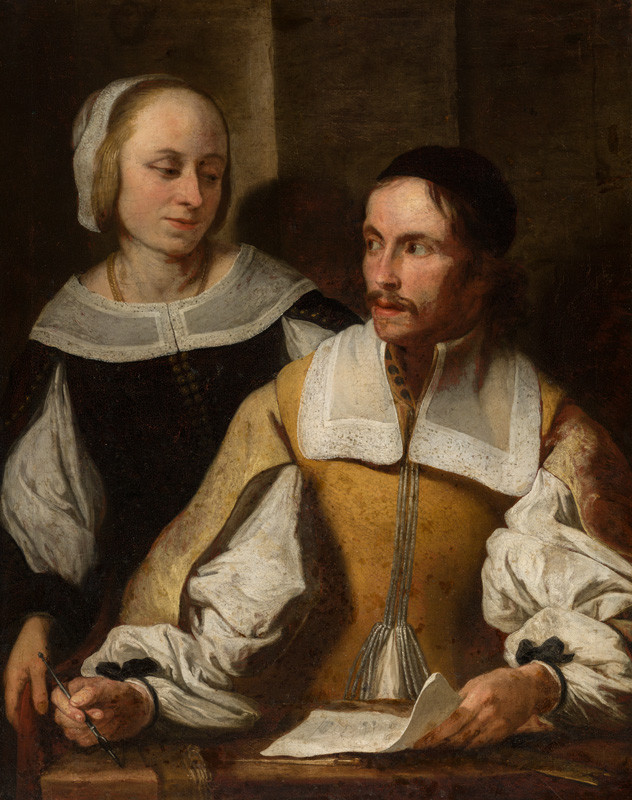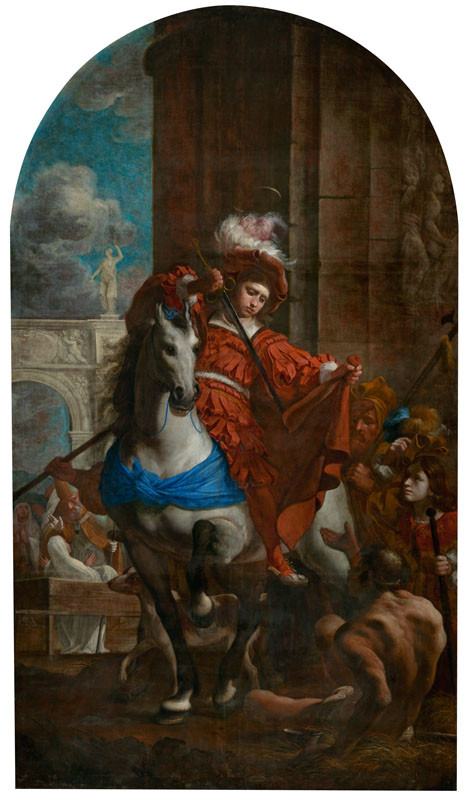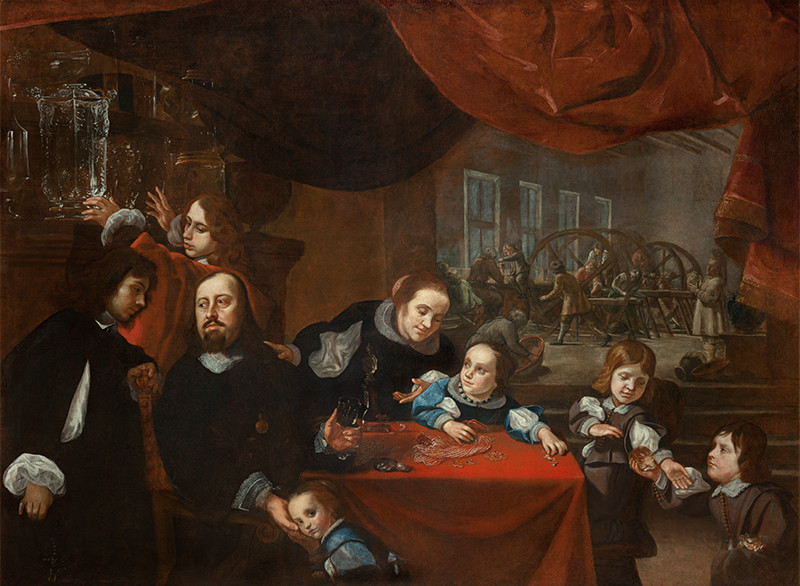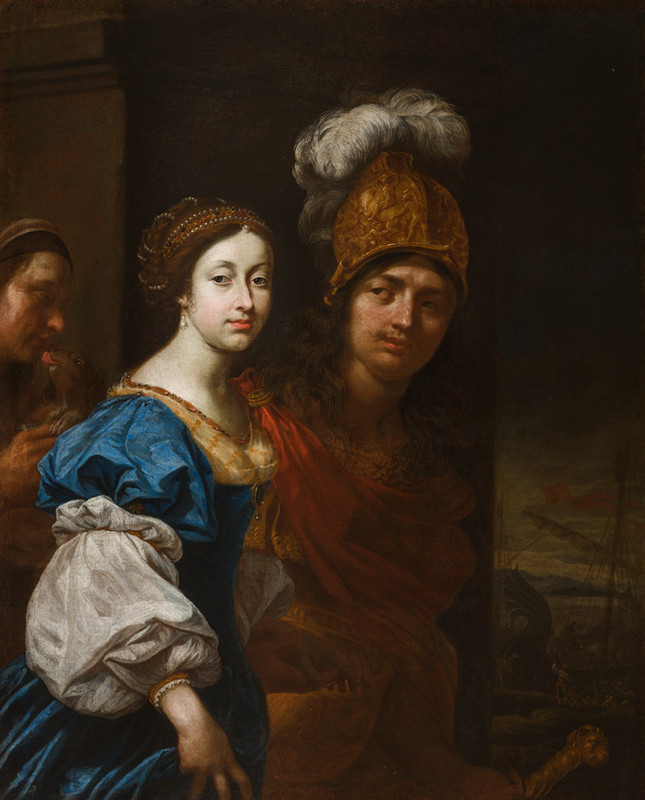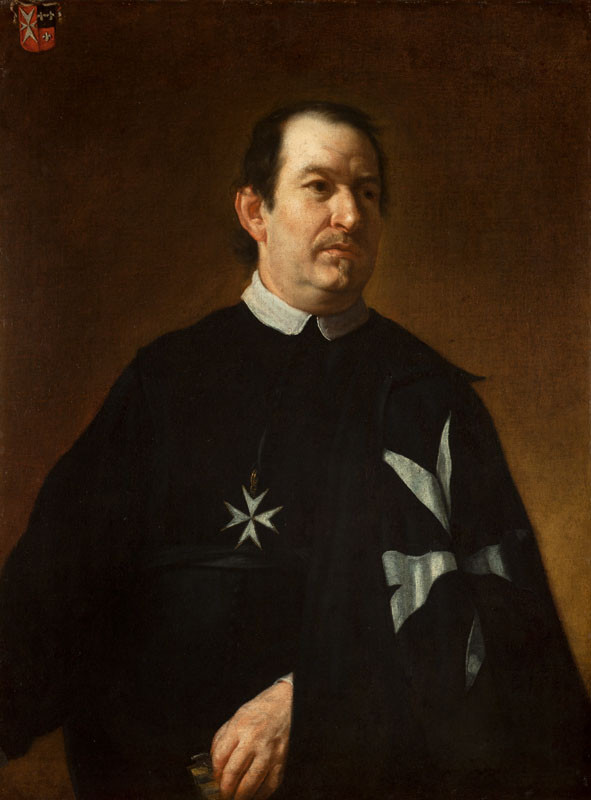The Birth of St Wenceslas
Karel Škréta
| date: | |
| measurements: |
height 136 cm width 222 cm |
| in collections: | |
| material: |
canvas |
| technique: |
oil |
| inscription: | |
| inventory number: | O 18924 |
| gallery collection: | Collection of Old Masters |
